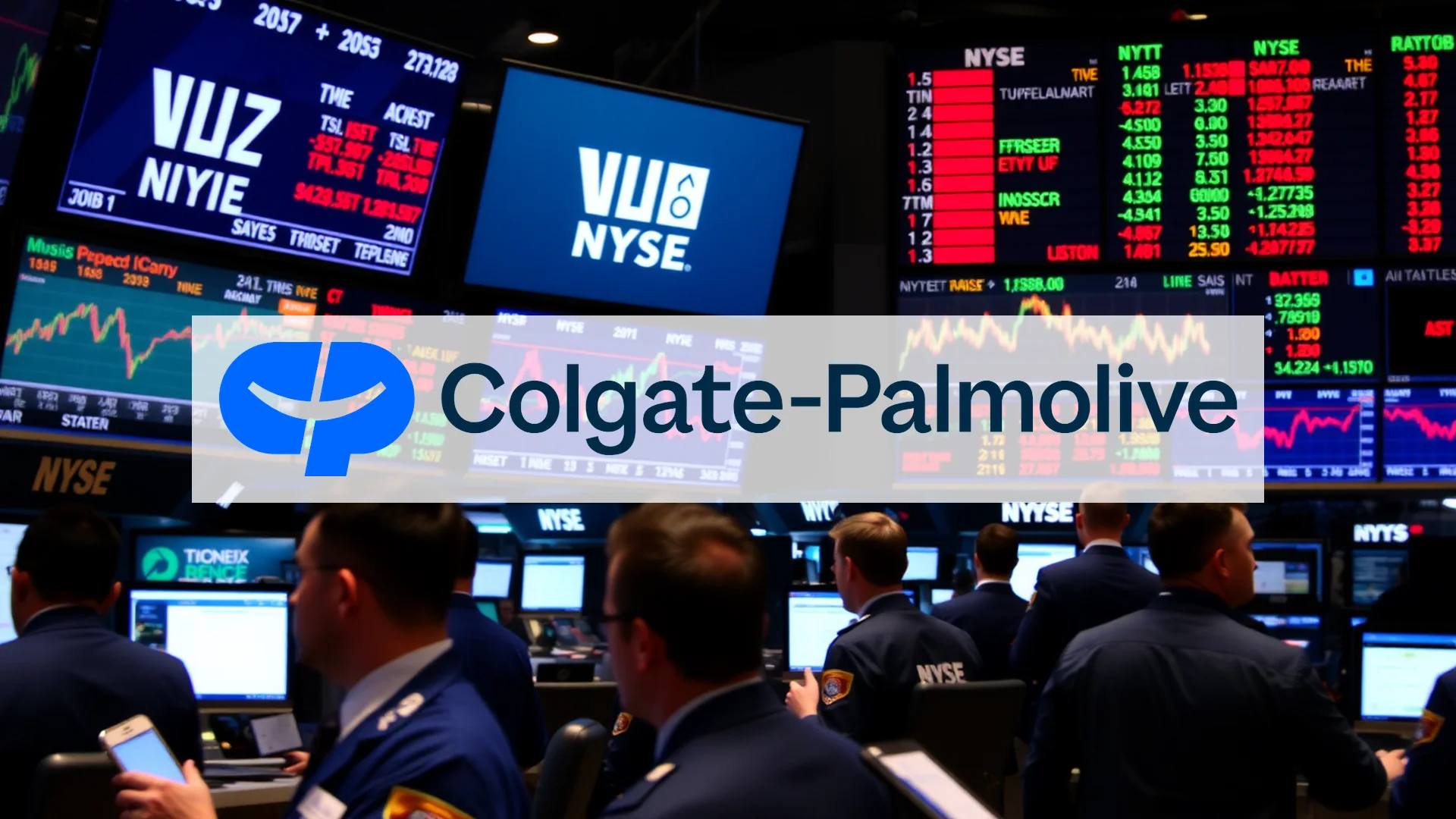United Parcel Service finds itself navigating a complex corporate transition as its strategic overhaul produces contrasting outcomes. While the logistics giant has managed to boost its profitability against expectations, this achievement comes alongside concerning revenue contraction, creating a challenging scenario for shareholders evaluating the company’s direction.
Strategic Shift Bears Fruit
The company’s deliberate repositioning appears to be generating tangible benefits despite the top-line pressures. UPS has embarked on an aggressive restructuring initiative, deliberately shedding less profitable client relationships to focus on higher-margin business segments. This calculated approach is already demonstrating positive momentum: adjusted earnings reached $1.74 per share, substantially exceeding analyst projections. More impressively, revenue per package within the critical U.S. domestic market surged by 9.8 percent, providing compelling evidence that the margin-enhancement strategy is delivering intended results.
Dividend Sustainability Concerns Emerge
Investors face a complex valuation proposition when examining UPS’s shareholder returns. The company currently distributes $1.64 per quarter, presenting an attractive 6.8 percent dividend yield. However, scrutiny reveals a potentially troubling metric—the payout ratio stands at 101.39 percent, indicating the company is returning more capital to investors than it actually earns. This elevated distribution level raises legitimate questions about the long-term viability of such generous returns, particularly during periods of economic uncertainty and corporate transformation.
Should investors sell immediately? Or is it worth buying UPS?
Institutional Confidence Remains Strong
Despite these financial crosscurrents, significant market participants are demonstrating conviction in UPS’s strategic direction. Multiple institutional investors have substantially increased their positions in the company. Chiron Capital Management expanded its holding by 12.9 percent, while Alberta Investment Management dramatically boosted its stake by 137.5 percent. Adding to this vote of confidence, a company director made personal purchases of additional shares—a noteworthy signal of internal belief in the organization’s future prospects.
The central question facing investors is whether UPS can successfully navigate the delicate balance between declining revenues and enhanced profitability. The resolution of this challenge will ultimately determine not only the fate of its dividend payments but the overall success of the company’s comprehensive transformation strategy.
Ad
UPS Stock: Buy or Sell?! New UPS Analysis from November 17 delivers the answer:
The latest UPS figures speak for themselves: Urgent action needed for UPS investors. Is it worth buying or should you sell? Find out what to do now in the current free analysis from November 17.
UPS: Buy or sell? Read more here...










